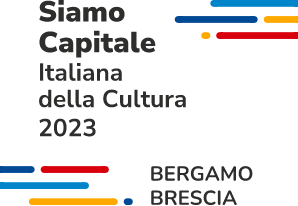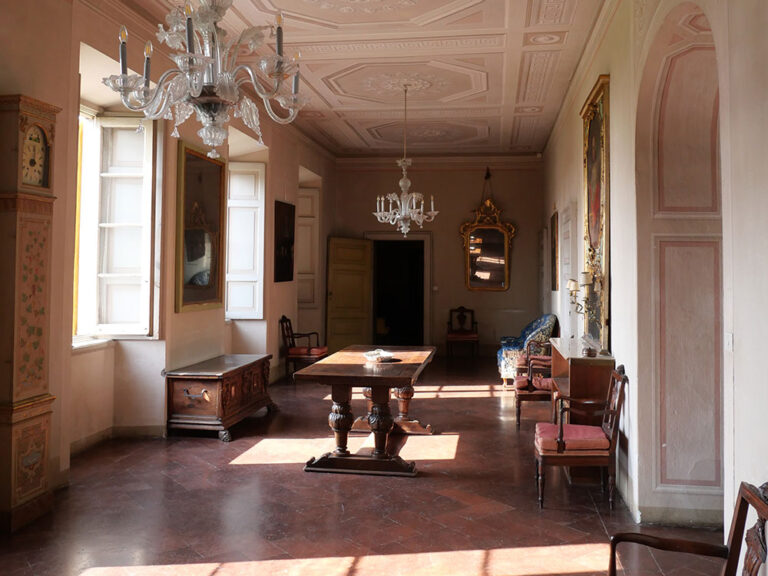POINT OF INTEREST
Villa Vitalba Lurani Cernuschi and Convent of San Nicola

On the hill of Umbriana on the edge of the ancient core of Almenno San Salvatore, the Convent of San Nicola and the Villa Vitalba Lurani Cernuschi rise up, surrounded by centuries-old vineyards. The Convent of San Nicola was built at the end of the fifteenth century, when a plague epidemic led citizens to vow to erect a chapel. The project was transformed in a few years into the construction of a church and a convent dedicated to Santa Maria della Consolazione, built between 1488 and 1518. The church, richly decorated with stuccoes and paintings, houses inside a rare example of organ sixteenth century (V1588); built by the Antegnati, it has been preserved intact and, thanks to a masterly restoration, it is still used for concerts and exhibitions.
The villa, of seventeenth-century origin, was from the eighteenth century the summer residence of the Vitalba family of Bergamo. In the second half of 1700 the noble Paolo Defendo Vitalba, already owner of the villa, bought the convent and the surrounding land, sold at auction by the Republic of Venice. In 1830 the villa was restored by the architect Giacomo Bianconi. The estate was inherited by Clarina Barca, nephew of Maria Candida Vitalba Barca, and in the second half of the 800, through the marriage of Clarina Barca with Agostino, to the family of the Conti Lurani Cernuschi. The building opens towards the park with a large tripartite facade, strictly symmetric. Some rooms of the eastern wing have ceilings with the underlying high band richly decorated in polychrome tones. Particularly interesting is a room with walls and ceilings beautifully decorated with exotic landscapes and animals. The author Quirino Salvatoni, a well-known decorator from Gandino and a great fan of ornithology, wanted to reproduce on the walls and ceiling more than 50 different species of birds, in flight or on the branches of trees, exotic or native to Lombardy, giving life to an original imaginative ecosystem where all latitudes are somehow represented and where nature seems to come to life.
In the adjacent room, an important conservative restoration carried out in 2016 by the harpsichord restorer Marcellino Grillo, gave a new voice to the precious fortepiano built in Vienna by Anton Tomaschek and purchased by Paolo Vitalba in the first half of the nineteenth century. The instrument is kept in the Red Room, where chamber music concerts are also held today. The park is animated by statues attributed to the sculptor Pirovano. The villa and garden are available for receptions, concerts, exhibitions at other events. It is also possible to stay there for group activities such as team building, masterclasses, seminars or short vacation periods.
HOW TO GET >
PUBLIC TRANSPORT >
RESTAURANTS >
HOTELS >
INFO AND RESERVATIONS
RELATED ITINERARIES
This itinerary allows us to approach some architectural realities that seem very distant from each other yet are united by similar temporal developments and common productive activities. Through the story of families committed to enhancing their historic estates, we travel through time to discover unique and bewitching 18th-century residences. ½ day route: The tour begins…






